Your Skin: The Science of the Integumentary System
09 September, 2022Why is a tattoo permanent, and how does it stick into the skin? A lot is going on with the skin and beneath it. A tattoo itself goes through a few different layers of skin, which are part of the integumentary system – your body’s outer layer. Your shell!
This organ system is the human body’s largest organ — it is what protects you from the entire world making contact with all the stuff underneath your skin.
Your skin, hair, nails, and glands all function to process the world you live in and provide the necessary regulation. If you went to space, you’d need a space suit; on earth, you’re born into it!
FYI — Integumentum is a Latin word meaning “a covering.” Makes sense, right?
How Does Skin Fit Into the Integumentary System?
The skin is the biggest and baddest organ of the body. One inch of skin contains around 19,000,000 cells and is composed of three main layers. Each of these layers has different functions.
Epidermis
Your epidermis is showing! Remember that one? Your skin surface is called the epidermis and is the outermost layer.
Epi is Latin for “on top of,” and derma is “skin.” It covers the body's surface area (from the head to the soles of the feet) and is the thinnest layer of skin. It’s composed of five layers on its own.
The epidermal layer of skin is where keratinocytes, melanocytes, and Langerhans cells live. Melanocytes are responsible for skin color in this layer of the epidermis (think: melanin and pigment).
Keratinocytes are responsible for hair, nail beds, and the protective outer layer of your skin (think: keratin). This layer protects your insides from your external environment and all of the pathogens that come with it — think of it as your first line of defense.
Stratum granulosum cells collect lipids near the skin cells in the epidermis to create a waterproof cover to prevent fluid loss. Keratinocytes also communicate with immune cells for wound repair and protection against infection. This layer also is in charge of hydration – keeping water from leaving or entering the skin.
Langerhans cells determine the immune response to stress on the skin. They decide to inflame or tolerate stress. This is why your skin gets red and swollen during a tattoo, but there isn’t any blood in the outer layer. That comes from the layer below.
Dermis
The dermis is the thickest layer of the skin; it sits below the epidermis and above the hypodermis. The dermal layer is where hair follicles (hair shafts), blood vessels, capillaries, collagen, elastin, sweat, and oil glands are.
The eccrine glands (where you sweat) support homeostasis through temperature control. The dermis provides support and flexibility.
It’s also where you feel those sensory experiences. Sensory nerve endings (pain receptors) in the dermis mean feeling heat, cold, pressure, pain, and itchiness.
When you are getting a tattoo, the needle typically pushes ink down into the dermis layer of the skin — it’s where the pain comes from. The dermis is also where the wound healing continues after the wound closes up in the epidermis layer — this is why you will often bleed, ooze secretions (gross), and scab as this layer provides blood supply to the wound.
If you’ve noticed your tattooed area devoid of hair – it’s not uncommon. When the tattoo needle penetrates the skin, it can potentially damage the hair follicle.
Hypodermis
Hypo is Latin for “beneath.” The hypodermis is the third layer and bottom layer of your skin. It is full of fatty tissue (lipids and adipose tissue) that helps regulate body temperature (thermoregulation), and it connects your skin to your muscles and bones, so your skin doesn’t just fall off. It also protects your muscles and bones from anything that impacts you.
Tattoo needles are too short to go this deep into the skin, but the hypodermis protects you a bit when tattooing on thinner skin like the sternum.
How Do Hair and Nails Fit Into the Integumentary System?
The hair and nails are also a part of the integumentary system. The hair helps with temperature regulation and sensory experience. The nails protect our accident-prone fingers and toes.
What Are the Associated Glands?
The associated integumentary glands are the secretory, sweat, sebaceous, and mammary glands.
Sweat Glands
Also known as the sudoriferous gland are the ones that make you a sweaty mess. They’re there to regulate body temperature, but they can act up when your adrenaline gets pumping.
These are exocrine glands as they push fluid out of the body. If you find yourself sweating during a tattoo, it’s just a stress reaction.
Sebaceous Glands
Sebaceous glands work closely with hair. It’s what secretes sebum oil, an oil that protects the skin, provides fluid retention to keep the skin hydrated, and also helps keep microorganisms from growing on your skin.
Ceruminous Glands
These glands are solely responsible for your ear wax. Yum.
Mammary Glands
Everyone has mammary glands. Unfortunately, only people assigned female at birth have functional mammary glands and can produce milk.
What Does the Integumentary System Do?
You know what makes up the integumentary system, but how do you experience it daily?
Physical Protection
Your integumentary system is your shield against the world – big and small. Your skin protects you from microorganisms you can even see and provides padding when you take a fall.
Your nails protect your fingers and toes from getting smashed up. Your body hair senses temperature changes. Your glands protect you from overheating and things getting into your ear drums.
Your skin also protects you against UV rays entering your body. Make sure you give your skin some backup by applying SPF 30 yourself, especially when you get a new tattoo and your skin is preoccupied with healing and won’t be protected from UV rays.
Wound Healing
Your skin holds the transportation highways for all the nutrients you need to pile in and help heal any injuries you get. The cells in your skin communicate with your immune system to create a symphony of healing – blood clots, scabs, nutrients, collagen regrowth, blood vessel creation – you name it, and your skin is getting to work on it.
These are the things happening at a microscopic level, and they do it all without conscious thought.
When you get tattooed, the second that needle punctures your skin, your skin signals to your immune system that you are under attack and starts getting to work, alerting you that something is attacking you and healing you simultaneously.
Vitamin D
Your skin is your body’s primary source of Vitamin D. It is produced when the skin meets sunshine. Calcium and phosphorus are absorbed and retained in the body with the help of Vitamin D. This can regulate cancer cell growth, infections, and inflammation.
Vitamin D plays a critical role in wound healing and skin regrowth. More studies must be done to determine if topical Vitamin D would benefit wound healing. Still, it’s important to consume Vitamin D and get a healthy amount of sunlight for skin health.
Body Temperature Regulation
Your sweat glands and body hair help maintain that optimal 98.6 degrees Fahrenheit. Eight degrees north or south of that, you’ll end up in the hospital.
When your body heats up, your sweat glands secrete liquid to cool you down. Fat layers help insulate and keep your temperature from dropping too fast when things get chilly.
Sensation
Your skin is your perceiver: a hand running up your arm, a chill running up your back, and the hair on your legs rising when you brush against something. Integumentary might be a clunky word, but the skin is not.
It is your guide to moving through the world. It keeps you from burning yourself on the stove, snuggled up under a cozy blanket a bit longer, and crying when you get that tattoo down your spine.
Summary
The integumentary system is a big, badass protective human suit. Its primary purpose is to allow you to function and survive in this world.
Your integumentary system shields you from all the stuff in the world getting into your body below the skin. It also helps you successfully move through the world.
It keeps you from overheating, regrows new skin if you break it, alerts you to possible dangers in your immediate surrounding, produces milk for a new life, and a million other microscopic things every second of the day.
The cool thing about this system is that you can dress it up with body art, nail art, hair art, clothing, and piercings. Your integumentary system is what makes you recognizable, and you can adorn it with all the cool customs you want until you return to the earth.
Sources:
Anatomy, Skin (Integument), Epidermis | NCBI
Epidermis (Outer Layer of Skin): Layers, Function & Structure | Cleveland Clinic
Dermis (Middle Layer of Skin): Layers, Function & Structure | Cleveland Clinic
Hypodermis (Subcutaneous Tissue): Function & Structure | Cleveland Clinic
Integumentary System: What It Is, Function & Organs | Cleveland Clinic
Vitamin D | The Nutrition Source | Harvard T.H. Chan School of Public Health | Harvard Health
Try risk-free & save with the Essential Sets
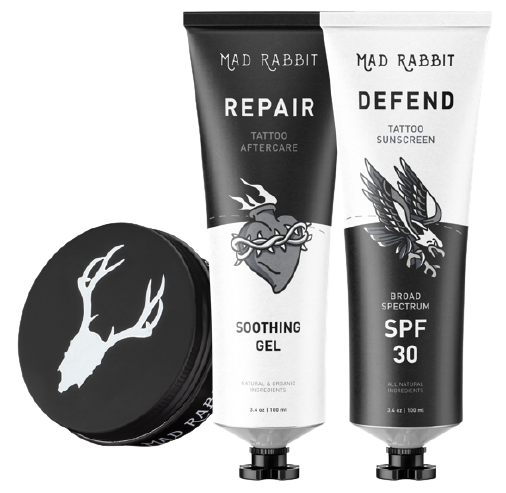
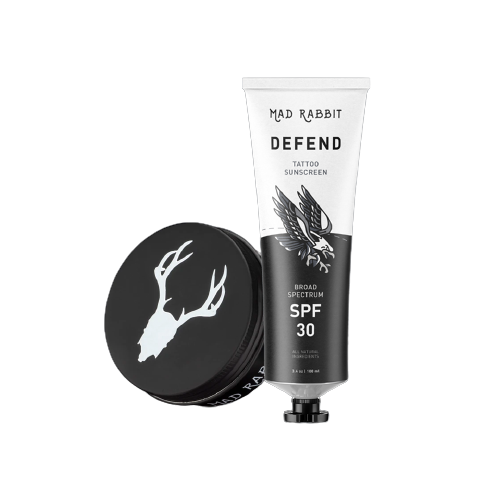
Daily Defense Set
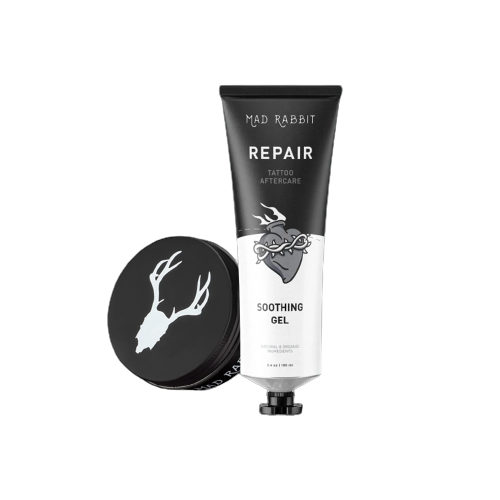


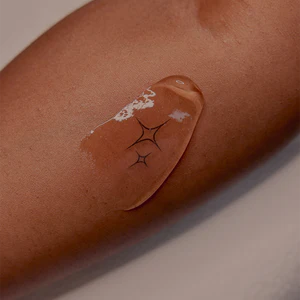
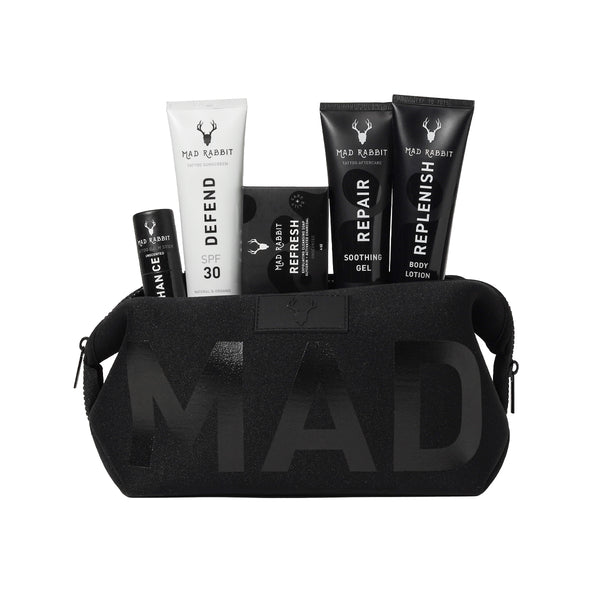
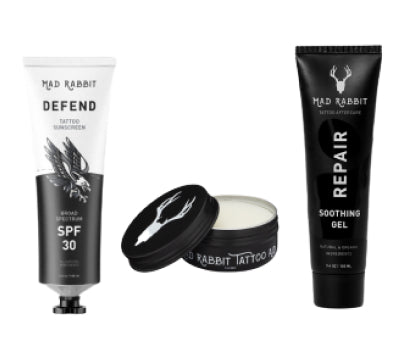
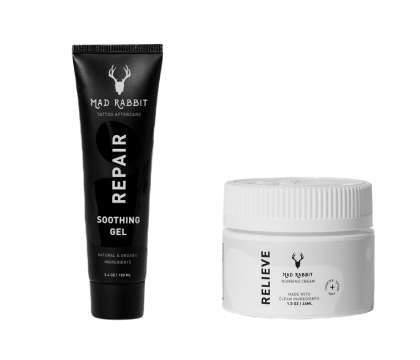
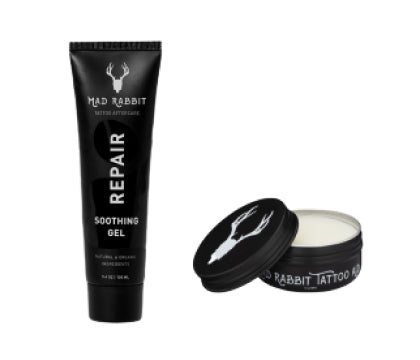
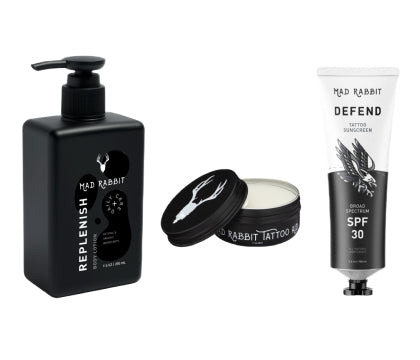
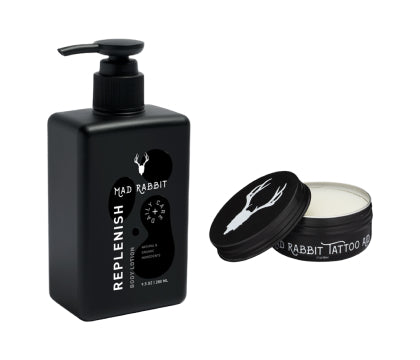

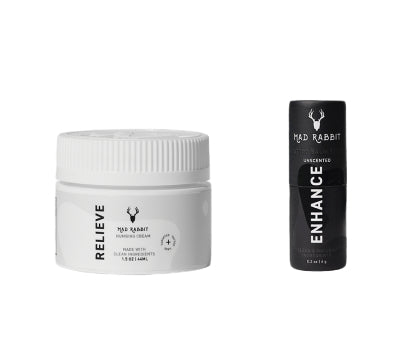
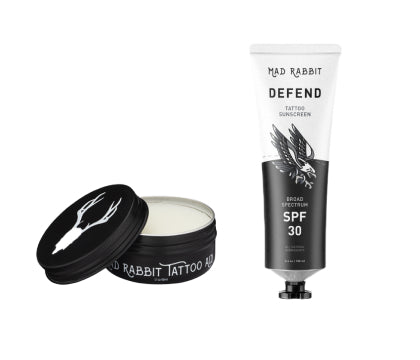
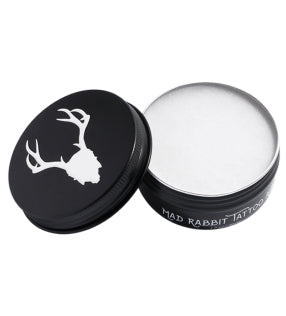
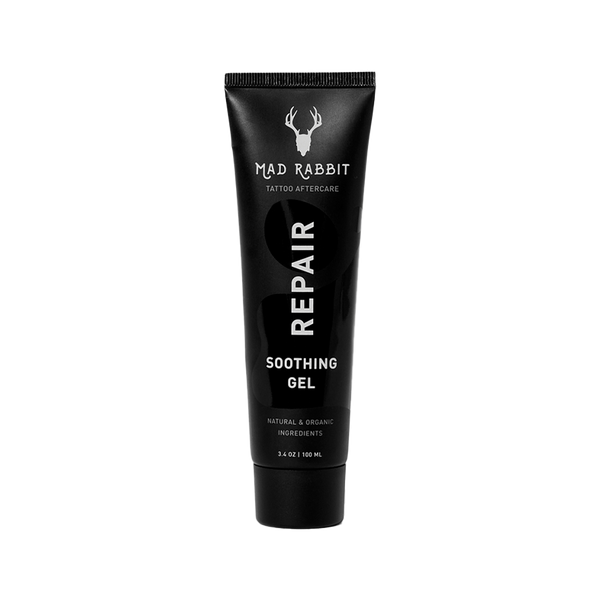
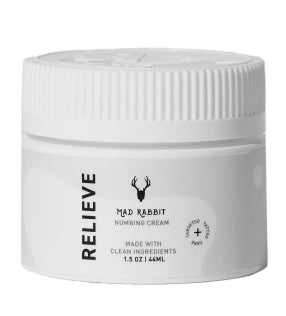
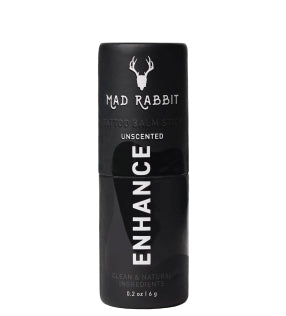
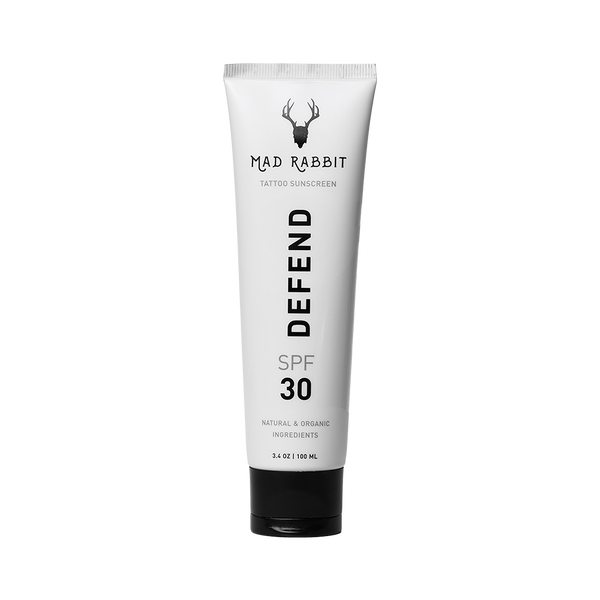
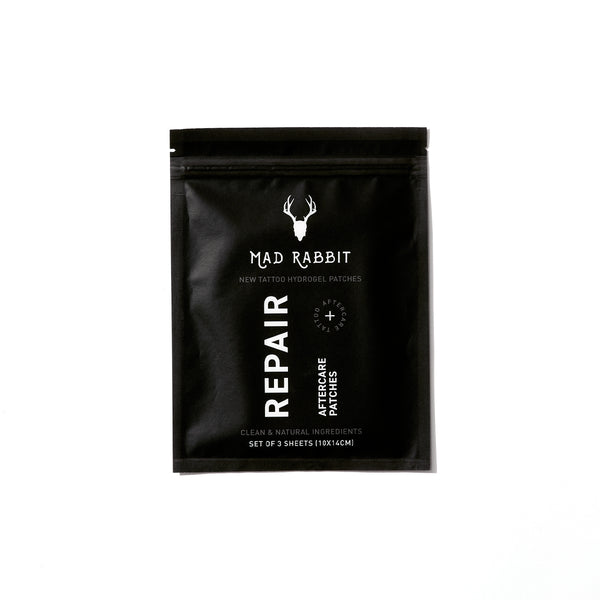
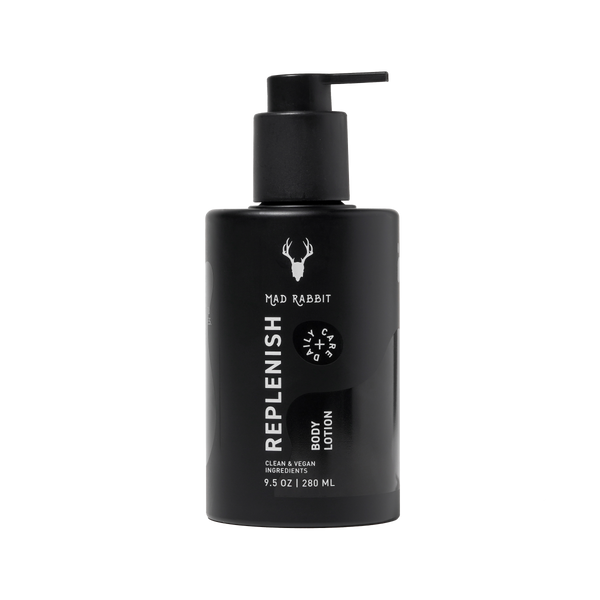
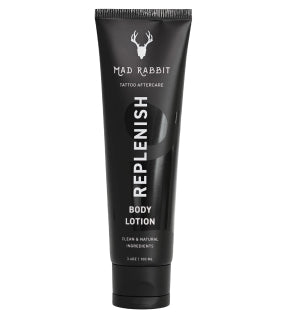
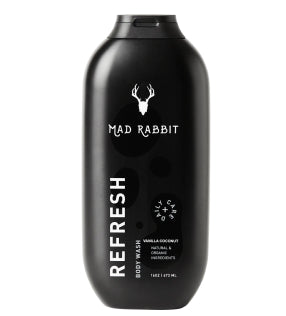
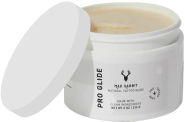
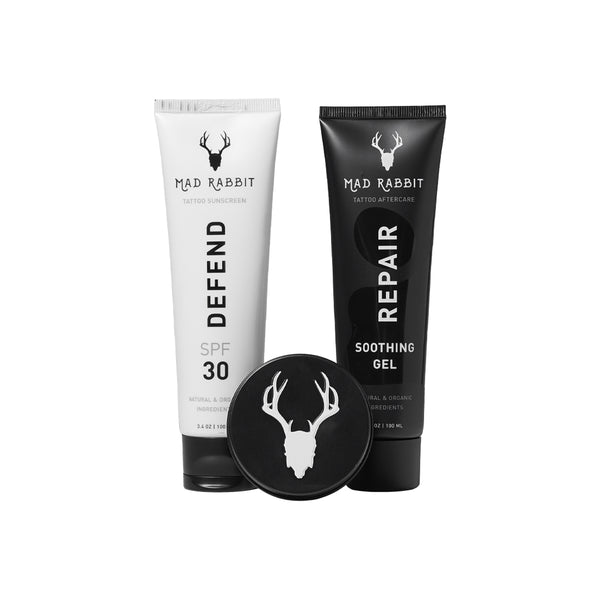

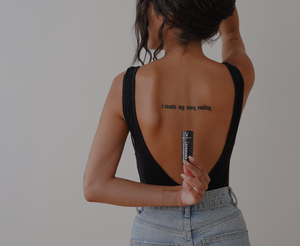
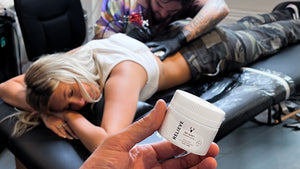
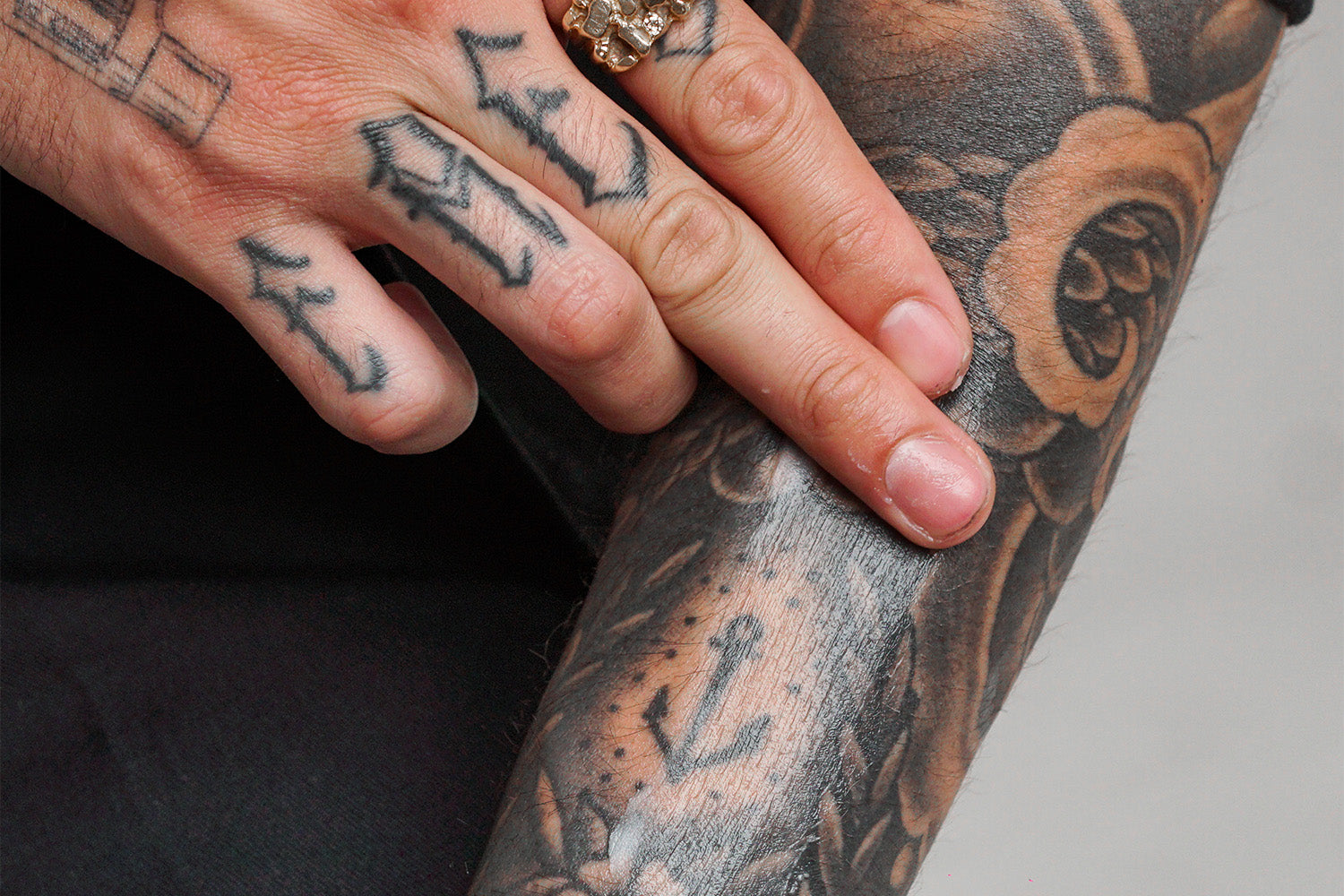
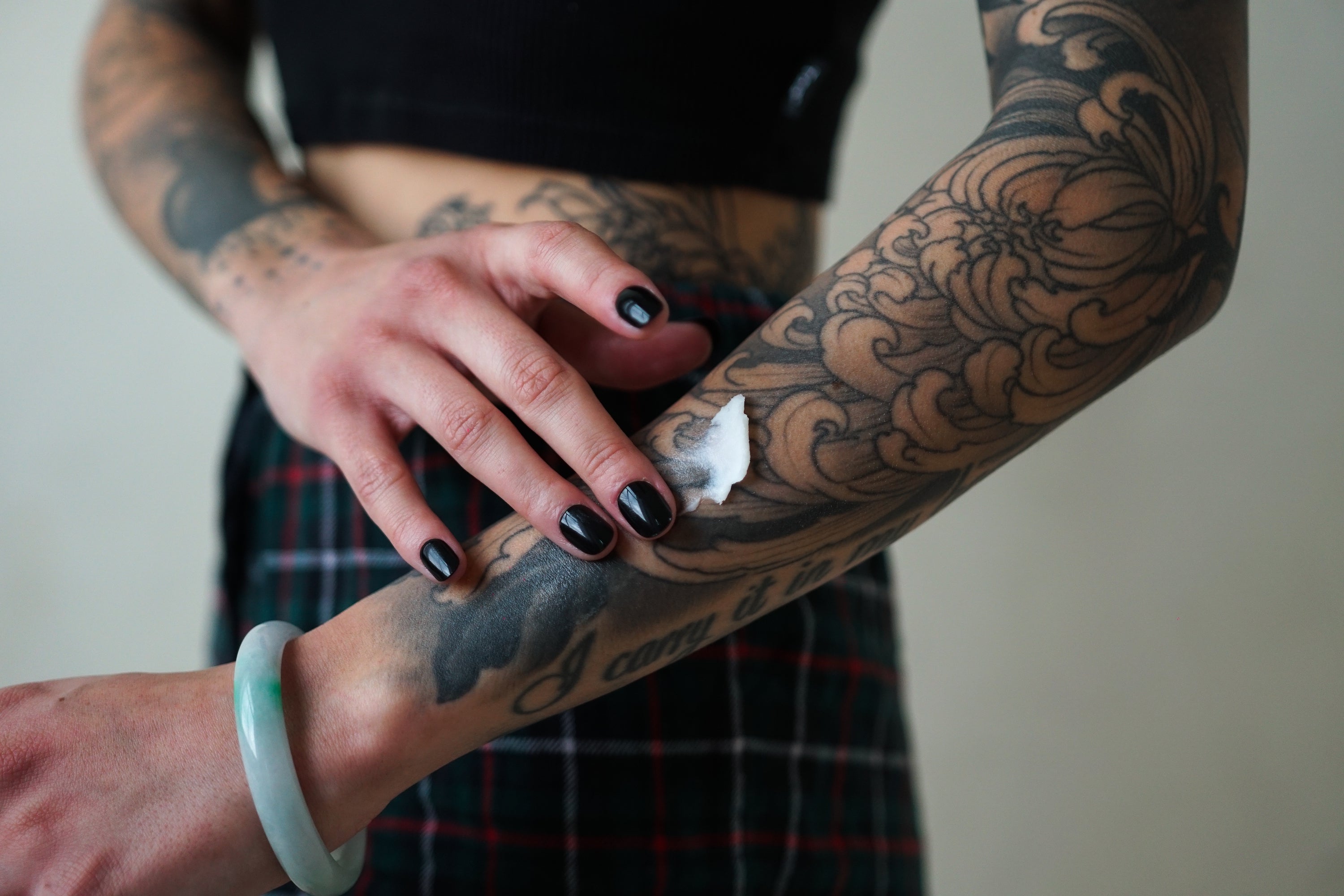
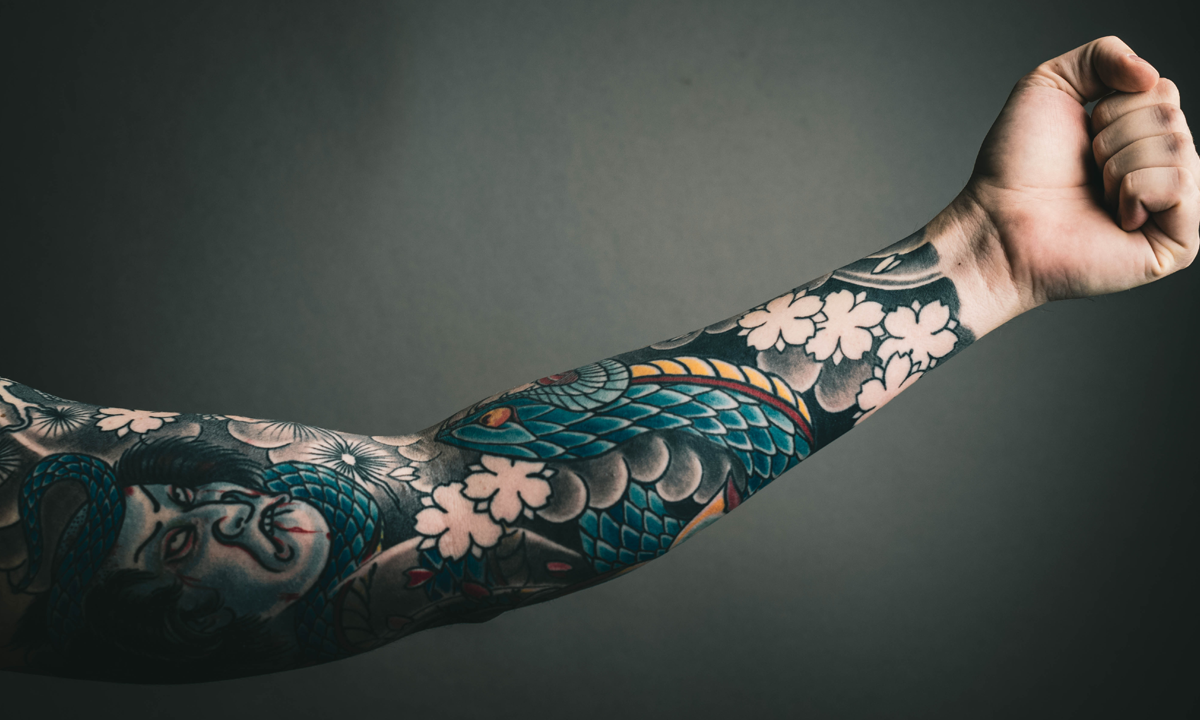
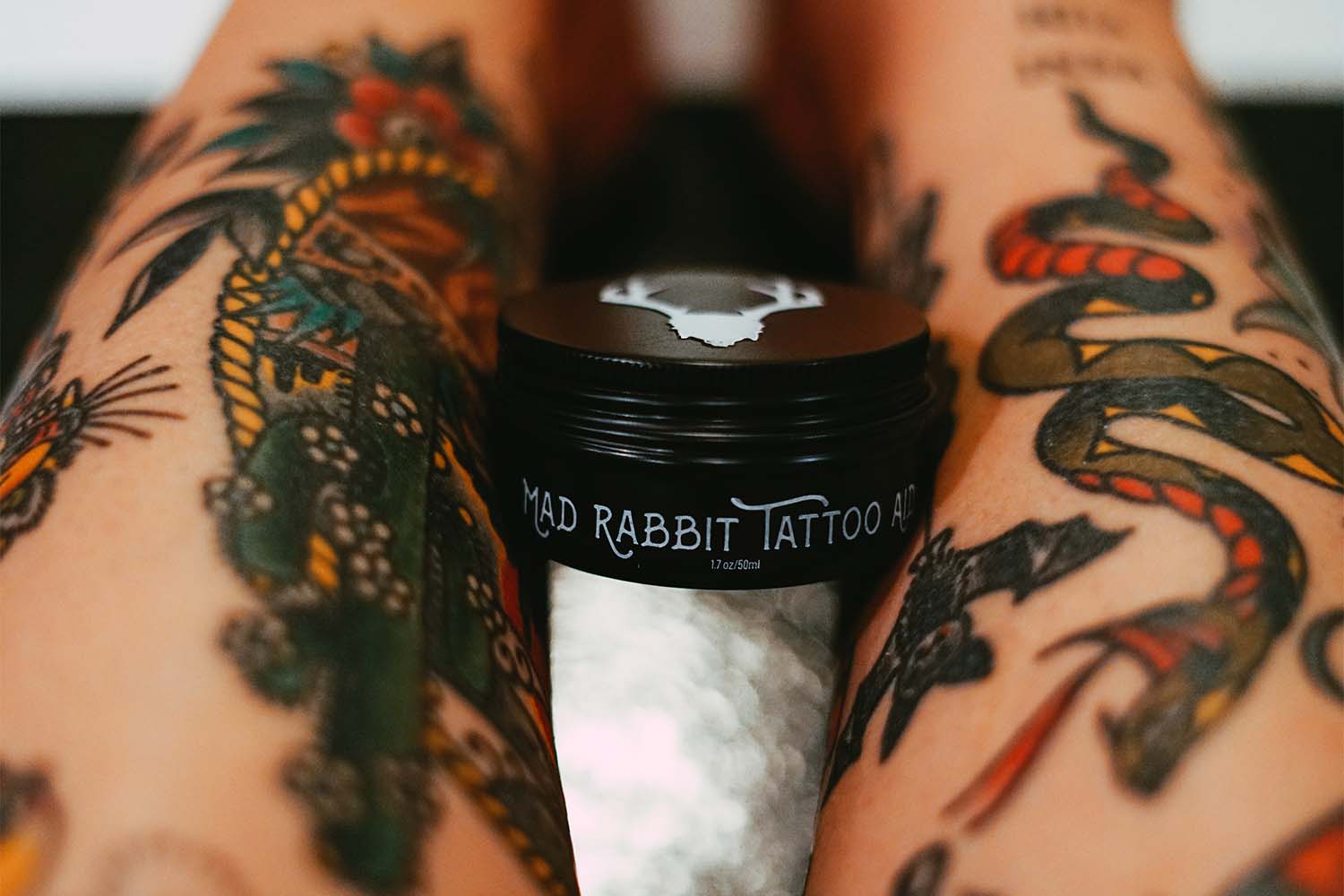
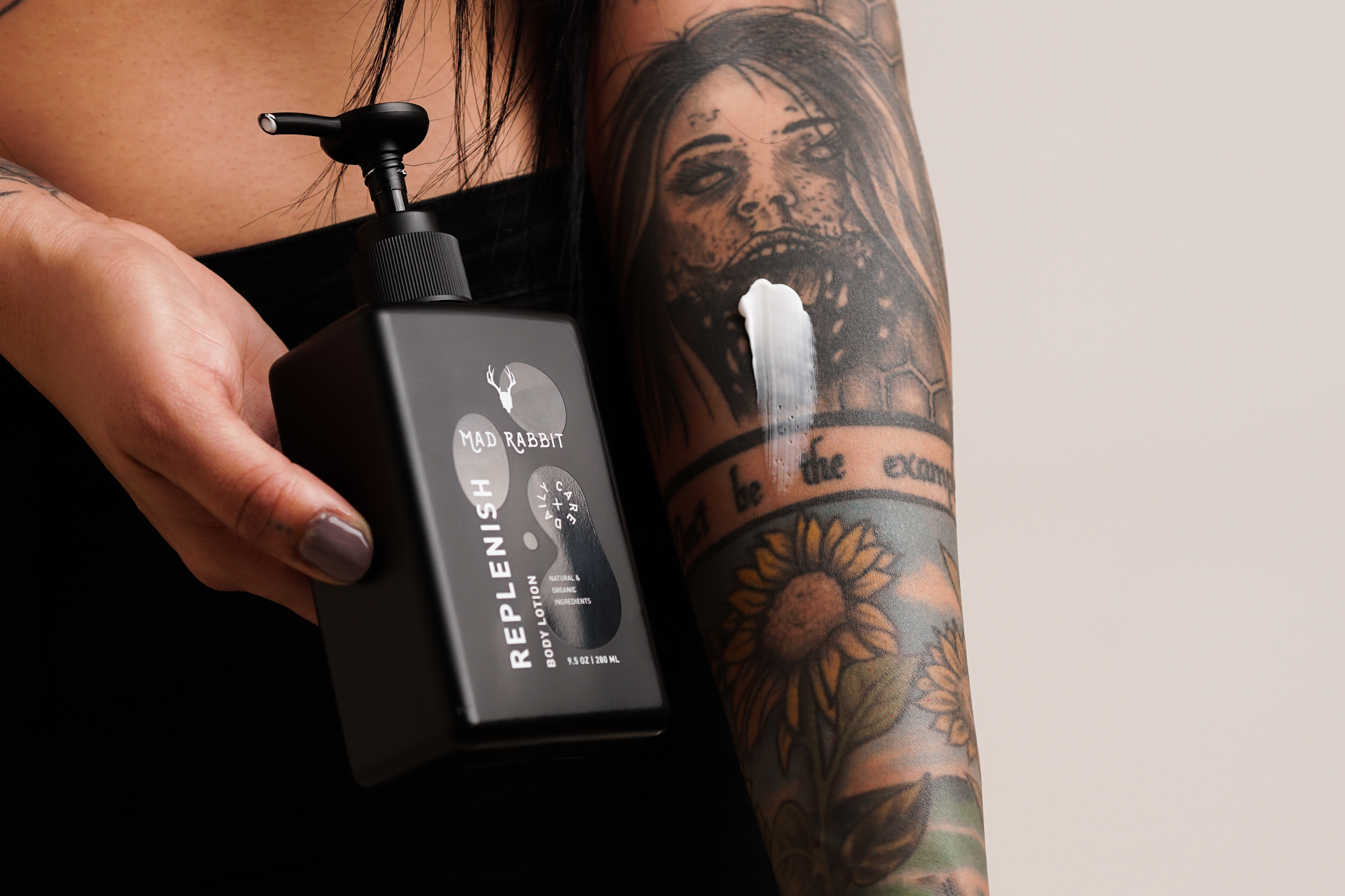
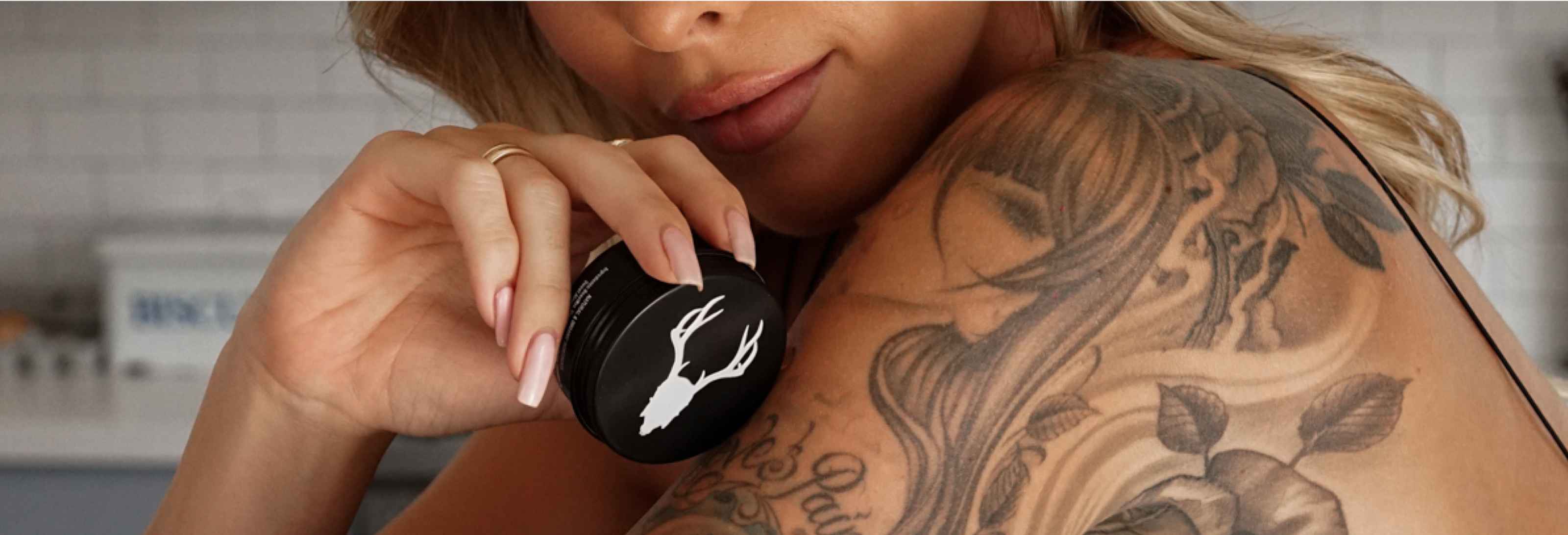
Join the discussion